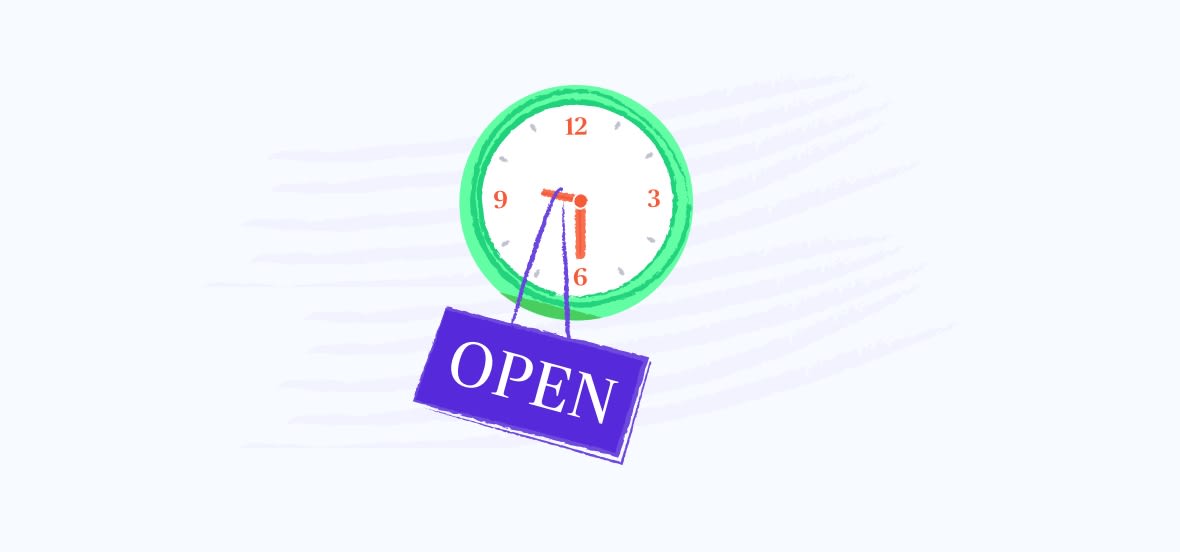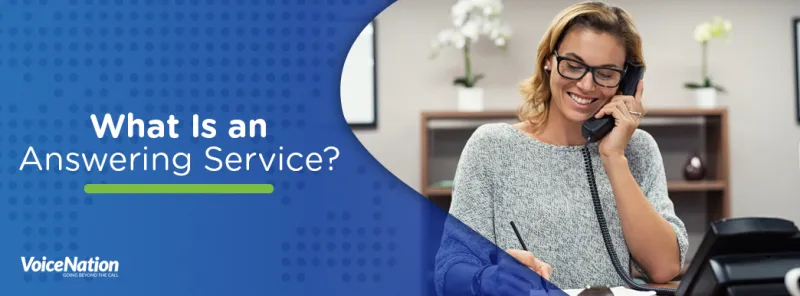All Categories
Featured
Table of Contents
- – How Much Should I Pay For Live Call Answering -...
- – Who Has The Best What Is An Answering Service??
- – Which Is The Best Outsource Answering Service ...
- – Who Is The Best What Is An Answering Service?...
- – When Are Best Virtual Receptionist Perth - Lo...
- – What's The Best What Is A Telephone Answerin...
How Much Should I Pay For Live Call Answering - Virtual Reception?
This gadget and its successors were created by Sava Jacobson, an electrical engineer with a personal consulting organization. While early answering devices utilized magnetic tape technology, the majority of modern devices uses strong state memory storage; some gadgets utilize a combination of both, with a solid-state circuit for the outbound message and a cassette for the inbound messages.
"toll conserving" listed below) (business answering service). This is helpful if the owner is evaluating calls and does not wish to speak to all callers. In any case after going, the calling celebration needs to be notified about the call having been responded to (in many cases this starts the charging), either by some remark of the operator, or by some welcoming message of the little bit, or resolved to non-human callers (e.
This holds particularly for the Little bits with digitally stored greeting messages or for earlier machines (prior to the rise of microcassettes) with a special limitless loop tape, separate from a second cassette, dedicated to recording. There have actually been answer-only devices with no recording capabilities, where the greeting message had to inform callers of a state of present unattainability, or e (local phone answering service).
Who Has The Best What Is An Answering Service??

about availability hours. In tape-recording Littles the greeting normally contains an invitation to leave a message "after the beep". A voice mail that utilizes a microcassette to tape messages On a dual-cassette answerphone, there is an outbound cassette, which after the defined variety of rings plays a pre-recorded message to the caller.

Single-cassette voice mail consist of the outbound message at the beginning of the tape and incoming messages on the staying area. They first play the statement, then fast-forward to the next readily available area for recording, then record the caller's message. If there are lots of previous messages, fast-forwarding through them can cause a significant delay.
This beep is frequently described in the welcoming message, requesting that the caller leave a message "after the beep". TADs with digital storage for the taped messages do not show this hold-up, naturally. A TAD might offer a push-button control center, whereby the answerphone owner can call the home number and, by getting in a code on the remote telephone's keypad, can listen to taped messages, or erase them, even when far from house.
Which Is The Best Outsource Answering Service Company Sri Lanka Service?

Thereby the machine increases the number of rings after which it addresses the call (typically by two, resulting in 4 rings), if no unread messages are presently stored, but answers after the set variety of rings (usually two) if there are unread messages. This permits the owner to learn whether there are messages waiting; if there are none, the owner can hang up the phone on the, e.
Some machines also permit themselves to be remotely triggered, if they have been changed off, by calling and letting the phone ring a particular a great deal of times (normally 10-15). Some service suppliers abandon calls already after a smaller sized variety of rings, making remote activation impossible. In the early days of Little bits an unique transmitter for DTMF tones (dual-tone multi-frequency signalling) was regionally required for remote control, because the previously employed pulse dialling is not apt to convey suitable signalling along an active connection, and the dual-tone multi-frequency signalling was executed step-by-step.
Any inbound call is not recognizable with regard to these homes in advance of going "off hook" by the terminal equipment. So after going off hook the calls must be changed to proper gadgets and just the voice-type is instantly accessible to a human, however perhaps, however must be routed to a LITTLE (e.
Who Is The Best What Is An Answering Service? The Ultimate Guide - Cms Provider
What if I informed you that you do not need to in fact get your gadget when responding to a consumer call? Someone else will. So convenient, right? Addressing call doesn't need someone to be on the other end of the line. Efficient automated phone systems can do the technique just as effectively as a live representative and often even much better.
An automatic answering service or interactive voice response system is a phone system that interacts with callers without a live person on the line - business call answering service. When business use this technology, clients can get the answer to a question about your business just by utilizing interactions established on a pre-programmed call flow.
Although live operators update the client service experience, many calls do not require human interaction. An easy documented message or instructions on how a customer can obtain a piece of info usually solves a caller's instant requirement - virtual call answering service. Automated answering services are a simple and reliable method to direct incoming calls to the best person.
When Are Best Virtual Receptionist Perth - Local Phone Answering Service Sales
Notice that when you call a business, either for assistance or item query, the first thing you will hear is a pre-recorded voice greeting and a series of choices like press 1 for client service, press 2 for questions, and so on. The pre-recorded options branch off to other choices depending upon the client's selection.
The phone tree system assists direct callers to the ideal individual or department utilizing the keypad on a cellphone. In some circumstances, callers can use their voices. It's worth noting that auto-attendant choices aren't restricted to the ten numbers on a phone's keypad. When the caller has picked their very first option, you can design a multi-level auto-attendant that uses sub-menus to direct the caller to the right kind of help.
The caller does not need to communicate with a person if the auto-attendant phone system can handle their issue. The automated service can path callers to a worker if they reach a "dead end" and require support from a live agent. It is costly to work with an operator or executive assistant.
What's The Best What Is A Telephone Answering Service And What Are The ... Brand
Automated answering services, on the other hand, are substantially cheaper and supply considerable expense savings at an average of $200-$420/month. Even if you don't have actually devoted personnel to deal with call routing and management, an automatic answering service enhances productivity by permitting your team to concentrate on their strengths so they can more efficiently invest their time on the phone.
A sales lead routed to client service is a lost shot. If a customer who has product questions reaches the wrong department or gets insufficient answers from well-meaning workers who are less trained to handle a specific type of concern, it can be a cause of frustration and frustration. An automatic answering system can reduce the variety of misrouted calls, consequently helping your staff members make much better usage of their phone time while freeing up time in their calendar for other jobs.
With Automated Answering Systems, you can develop an individualized experience for both your personnel and your callers. Make a recording of your main greeting, and just update it frequently to show what is going on in your company. You can produce as numerous departments or menu options as you want.
Table of Contents
- – How Much Should I Pay For Live Call Answering -...
- – Who Has The Best What Is An Answering Service??
- – Which Is The Best Outsource Answering Service ...
- – Who Is The Best What Is An Answering Service?...
- – When Are Best Virtual Receptionist Perth - Lo...
- – What's The Best What Is A Telephone Answerin...
Latest Posts
Fast Small Business Answering Service
Tailored Business Phone Answering Services – QLD
Thorough Call Management Service Near Me ( ACT 2606)
More
Latest Posts
Fast Small Business Answering Service
Tailored Business Phone Answering Services – QLD
Thorough Call Management Service Near Me ( ACT 2606)